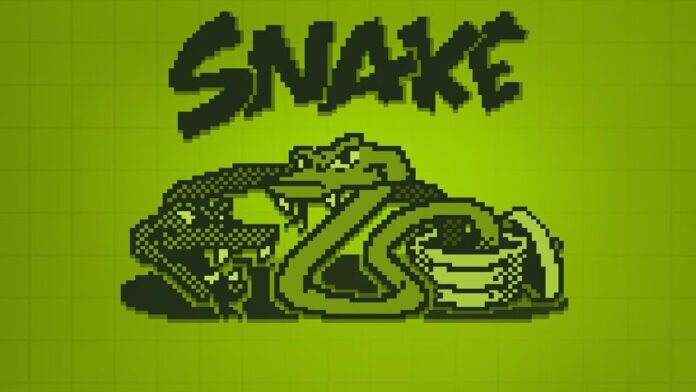Snake, the legendary mobile game tied forever to Nokia phones, first appeared in 1997. With its simple yet addictive gameplay, Snake captured the attention of hundreds of millions worldwide, becoming a symbol of the early mobile gaming era. In this article, we’ll explore the history, versions, gameplay mechanics, cultural phenomenon, and enduring legacy of this timeless classic.
The History of Snake and Its Release
Snake wasn’t a brand-new idea when it debuted on Nokia phones. Its origins trace back to Blockade (1976), an arcade game by Gremlin Industries. In Blockade, players controlled lines that grew longer as they moved, with the goal of avoiding collisions while outlasting opponents.
Nokia elevated this concept to legendary status in 1997, when the game shipped with the Nokia 6110. Snake was programmed by Taneli Armanto, a Finnish software engineer at Nokia. Originally aiming to create a Tetris clone, Armanto switched to Snake due to copyright issues—and because he remembered playing it on old computers.
Developing Snake for Nokia phones wasn’t easy. Armanto faced tight hardware limits: low-resolution monochrome screens and just 1 MB of memory. Yet, he delivered a perfectly coded, bug-free game that fit the platform like a glove.
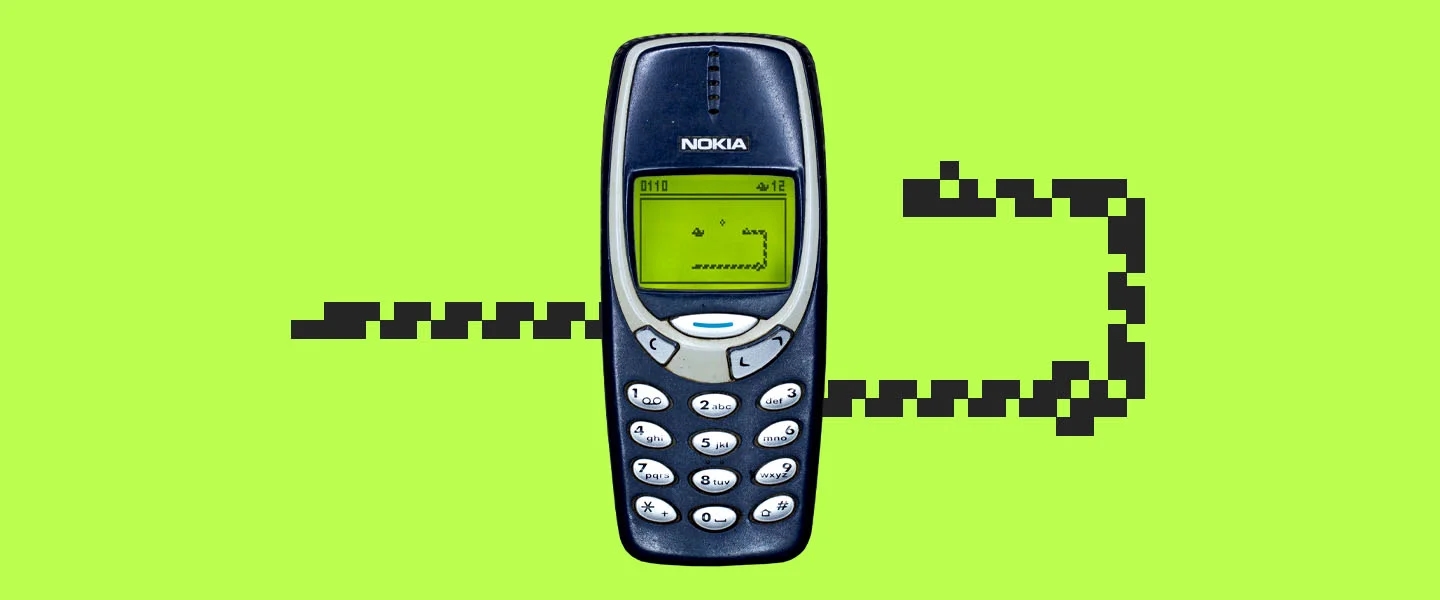
Snake debuted with the Nokia 6110 and quickly spread worldwide as it was preloaded on countless Nokia models starting in 1998. The game not only boosted Nokia’s sales into the hundreds of millions but also cemented Snake as the most-played video game on the planet at the time.
Although Armanto didn’t gain instant fame, he was later recognized as the “Father of Snake.” Beyond the game, he also composed some of Nokia’s most iconic ringtones.
Versions of Snake Over the Years
Snake has evolved across multiple versions, each adapted to newer technology while retaining its addictive charm:
- Snake (1997) – The original version on the Nokia 6110. A simple pixel snake eating dots, avoiding walls, and itself.
- Snake II (2000) – Released on the Nokia 3310, the best-selling Nokia model ever (126+ million units). This version introduced wrap-around screens, bonus items, and improved graphics. Snake II became the most popular and iconic edition.
- Snake EX (2002) – Appeared on color-screen phones like the Nokia 3100. Added better graphics and sound.
- Snake EX2 (2003) – Introduced light 3D elements.
- Snakes (2005) – A fully 3D version on the N-Gage with top-down view and Bluetooth multiplayer.
- Snake III (2008) – Launched on the Nokia 6300, featuring multiple levels and power-ups.
- Snake Xenzia (mid-2000s) – A colorful Series 40 version, popular in Asia and Africa, retaining the classic style with modern visuals.
- Snakes Subsonic (2008) – The final N-Gage title, featuring electronic music and advanced visuals.
- Snake Rewind (2015) – Developed by Armanto in collaboration with Rumilus Design for iOS and Android. Introduced rewind mechanics, power-ups, and HD graphics.
- New Snake on Nokia 3310 (2017) – Gameloft rebuilt the game for the re-released Nokia 3310, staying faithful to the original but with modern themes.
- Themed Editions (2024–2025) – Fun modern spins, like Malibu Snake (2024) and FC Barcelona Snake (2025).
Snake also inspired countless clones and spin-offs like Google Snake (2010), Nimble Quest (2013), and, most famously, Slither.io (2016).
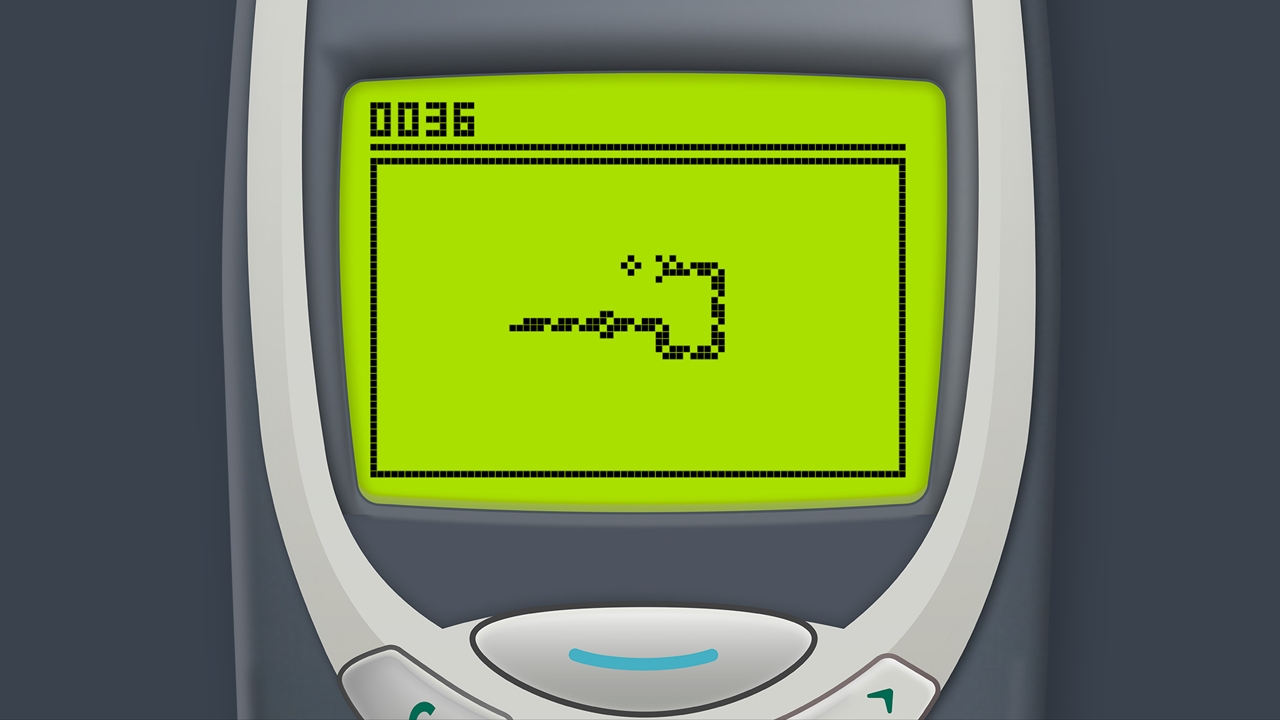
Gameplay: Simple, Addictive, Perfect
The magic of Snake lies in its simplicity. Players control the snake using Nokia’s number pad: 2 = up, 8 = down, 4 = left, 6 = right. The snake moves continuously, eating food (dots or apples) to grow longer while avoiding collisions with walls or its own body.
Each item eaten increases both the snake’s length and speed, steadily raising the challenge. The game ends instantly when the snake crashes.
Gameplay highlights across versions:
Snake II: Added mazes, special bonus fruits (like golden apples), and wrap-around movement.
Snakes (N-Gage): Introduced 3D, multiplayer battles, and new mechanics.
Later versions: Featured power-ups, obstacles, and even rewind features.
Pro Tips:
Keep the snake near the center for more maneuverability.
Grab bonus items quickly for maximum points.
Use wrap-around screens (Snake II) as an escape route.
Snake had no true ending—the goal was survival and high scores, keeping players coming back endlessly.
Graphics and Sound: Minimal Yet Memorable
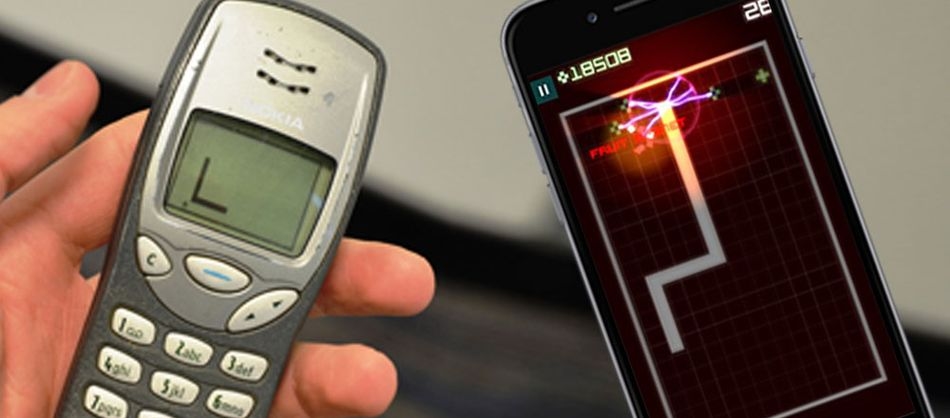
The original Snake used black pixels on a green monochrome background. Snake II introduced more detailed snake graphics with a visible head and tail. Later versions added color, light 3D effects, and even soundtracks.
Sound design was equally minimal—simple beeps for eating and buzzes for crashing. By the time of Snakes Subsonic (2008), electronic music was added for intensity.
This minimalist design was a key factor in its universal appeal—it worked flawlessly on basic phones.
A Cultural Phenomenon
Snake wasn’t just a game—it was a global craze. Between 1998 and the early 2000s, it became a social activity. Students and office workers compared high scores during breaks, and owning a Nokia meant having access to Snake.
On social media, nostalgia for Snake is still strong. Tweets often read: “Snake on Nokia was the biggest adventure of my childhood.”
Snake’s impact went beyond entertainment:
- It proved mobile phones could be gaming devices, years before app stores.
- It generated an estimated 1+ billion plays worldwide.
- It became a meme, often compared to the ouroboros (snake eating itself) as a metaphor for life.
- It’s been referenced in films, TV shows, and exhibitions.
In 2012, New York’s Museum of Modern Art (MoMA) recognized Snake as an important piece of design history.
Snake was particularly tied to the Nokia 1280 and 3310, becoming a childhood memory for millions. Today, it lives on via emulators, browser versions, and mobile remakes.
Records and Community
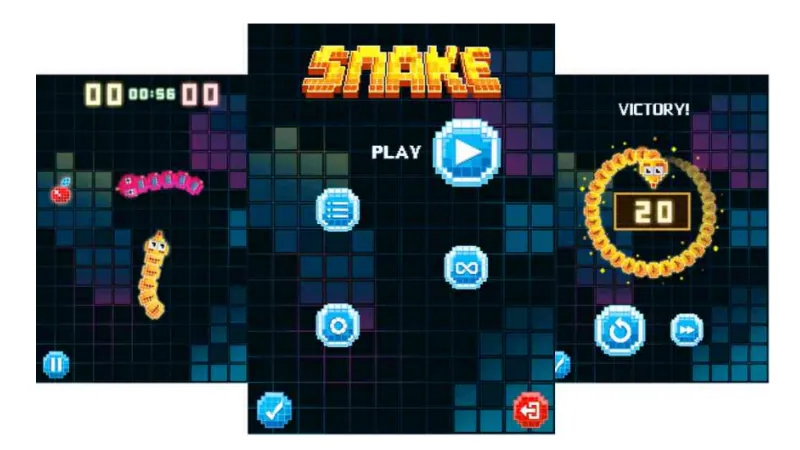
Snake even has its share of world records. Guinness has recognized achievements such as players filling the entire screen without crashing. High scores for Snake II often range between 2000–3000 points.
Dedicated fan communities still exist, with Snake tournaments held in Finland, Australia, and streamed live on Twitch. Snake speedruns are popular on YouTube, while fan-made mods include educational versions like Snakeleev, which teaches the periodic table.
Walkthrough Snapshot
- Early game: Start slow, grab the nearest food, and avoid corners.
- Mid game: Circle around the center to control space, grab bonuses quickly.
- Late game: Carefully plan every move—mistakes are fatal.
- Tip: Use wrap-around edges in Snake II as an escape tool.
Legacy and Conclusion
Snake isn’t just a game—it’s a cultural icon that shaped mobile gaming. It proved that even the simplest mechanics could engage players for decades, paving the way for the mobile gaming industry we know today.
Despite technological progress, Snake remains addictive, nostalgic, and deeply meaningful. Whether on a Nokia 3310 or a modern smartphone remake, the experience still holds up.

